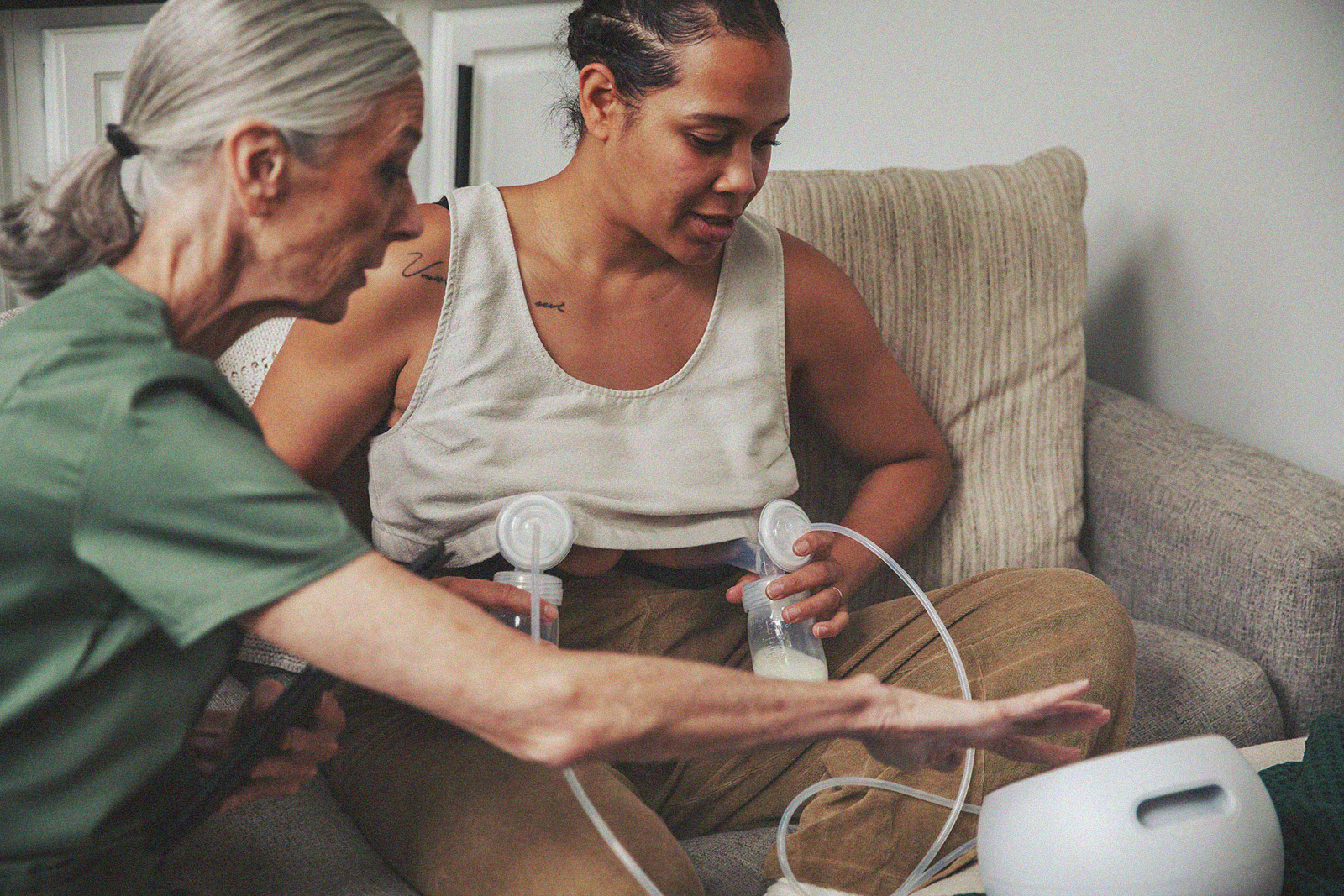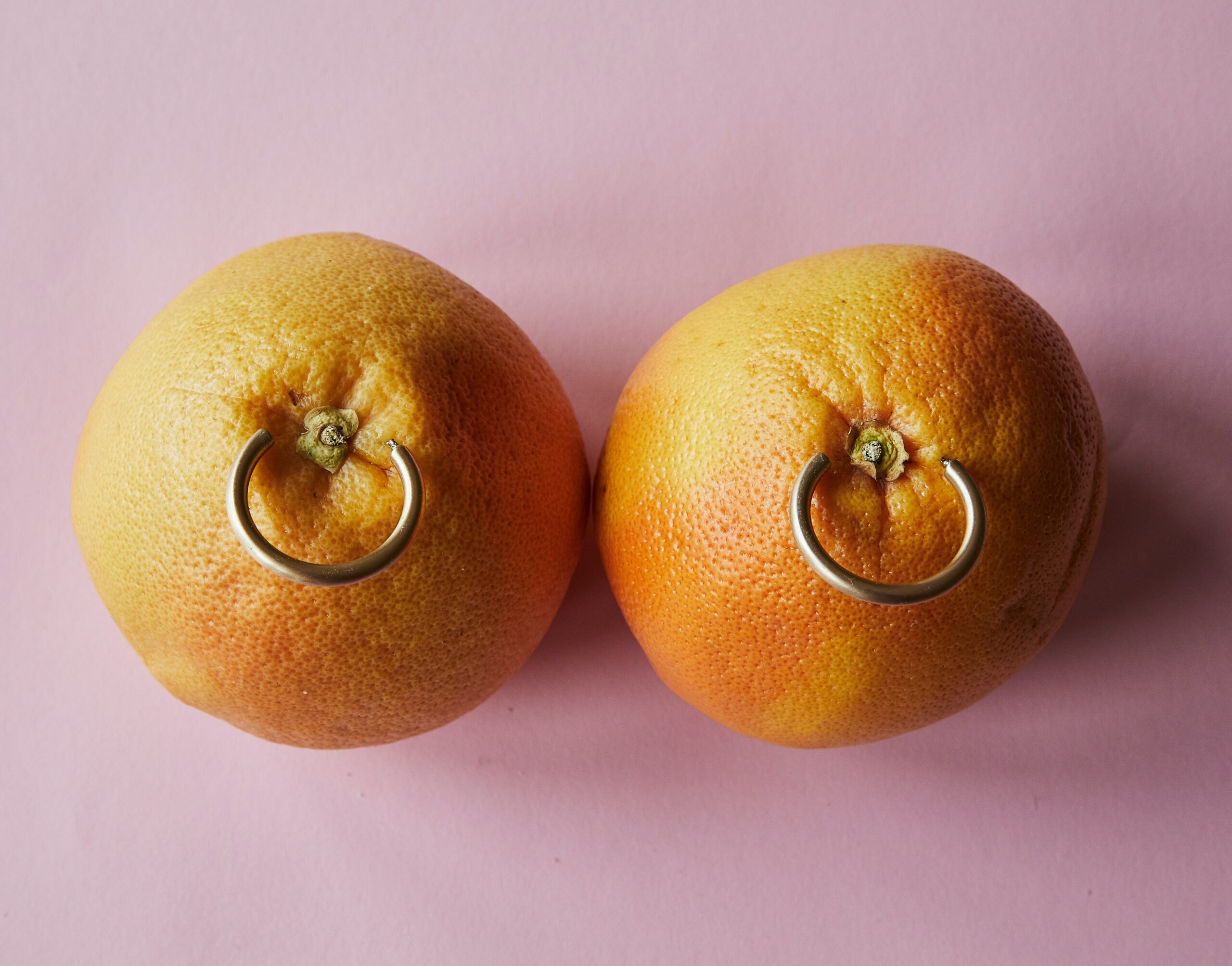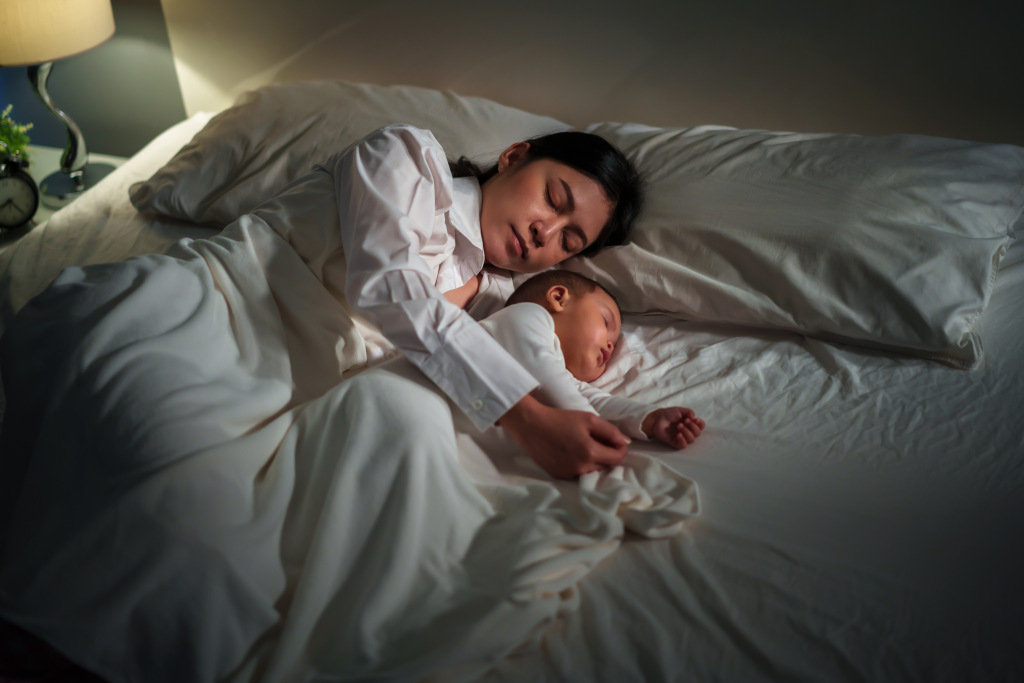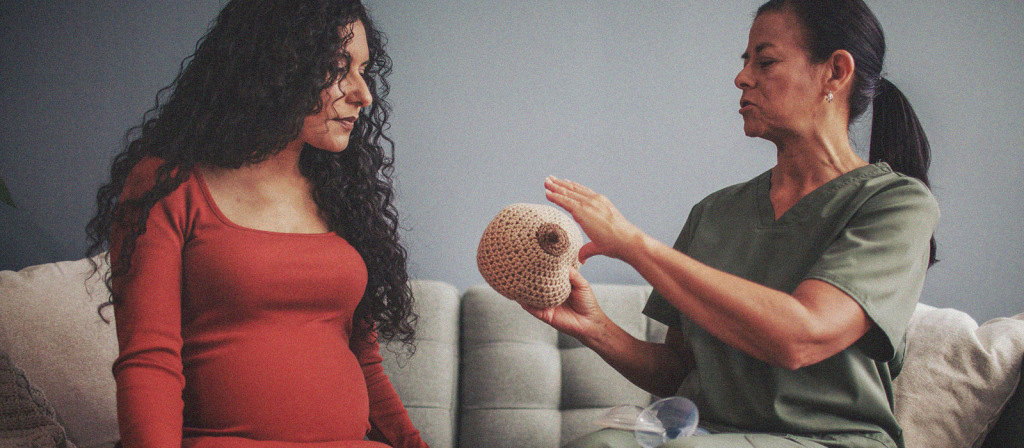Do nipple piercings affect breastfeeding?
Whether you had your nipples pierced long before breastfeeding was on your radar, or you’re interested in piercing them now, there are some safety considerations to be aware of when it comes to lactation and nipple jewelry or body art.
Is it even possible to breastfeed with nipple piercings?
Yes, you can breastfeed if your nipples are pierced, since piercings typically don’t affect milk production. However, there are some additional considerations and risks to be aware of.
Logistically, piercing holes in your nipple may make latching more difficult for your baby. Additionally — as you may have guessed — breast milk does come out of the piercing hole. These extra holes could lead to a faster, messier milk flow for your little one to manage.
… And is it safe?
Here’s the thing: It is possible for piercings to get infected, which may increase the likelihood of mastitis. In rare cases, it could cause scarring that may disrupt pathways for milk to flow, leading to supply issues.
Can you get a nipple piercing while breastfeeding?
Most reputable piercers will not knowingly pierce a pregnant or lactating client’s nipples due to the risk of infection. Nipple piercings can take up to one full year to heal completely, and during that time, they’re more likely to get infected. Plus, pregnancy lowers your immune system — as does sleep deprivation. This means that your body could have a tougher time fighting off infection, both prenatal and postnatal. You’re much better off waiting to get nipple jewelry until you’re completely finished with breastfeeding. You’ll be less vulnerable to infection and your piercings will heal faster. Questions beyond this? We always recommend consulting with an IBCLC.
What if you already have a nipple piercing?
Pierced parents need to take extra precautions when nursing their babies — but that doesn’t mean that they can’t have a successful feeding experience. First, always remove your jewelry before you breastfeed. Nipple jewelry is a choking hazard for your nursing baby. Suction from your baby’s mouth could dislodge your ring or stud and cause a serious problem. And even if your jewelry stays put, it could damage your baby’s mouth tissue. Your safest bet is to remove your jewelry while feeding.
Although it’s not recommended, if you do choose to reinsert your nipple jewelry after each breastfeeding session, it’s extremely important to keep everything clean. Wash your hands with soap and water before removing and reinserting your jewelry, sterilize your ring or stud, and use soap and water to wash the area around your piercing to remove dead skin cells and old discharge. If you have questions about this process, request a consultation with an International Board Certified Lactation Consultant (IBCLC).
The bottom line is: If you’re not pierced yet, it’s best to wait until after your baby is finished breastfeeding. But if you are pierced, don’t stress. (There’s more than enough on your plate as a parent!) Your IBCLC will help you navigate any unique challenges that breastfeeding with a nipple piercing may present.
We know what early parenthood is like, and we’ve been there—searching for countless, often conflicting answers online. At The Lactation Network, our International Board Certified Lactation Consultants (IBCLCs) are committed to providing families with trusted, authoritative information about your prenatal-to-weaning journey.
The information in this article is for informational and educational purposes only and is not intended or implied to be a substitute for professional medical advice, diagnosis, or treatment. The content is made available with the understanding that The Lactation Network is not providing professional medical advice on a particular matter. Every family, parent, and care plan is unique—your MD and IBCLC can work with you to ensure you receive the evidence-based, personalized clinical care you deserve. Always consult your clinical team for medical guidance.
We’re here for you, every step of the way. We work with your insurance to provide in-home, in-office, or telehealth visits with an IBCLC.




